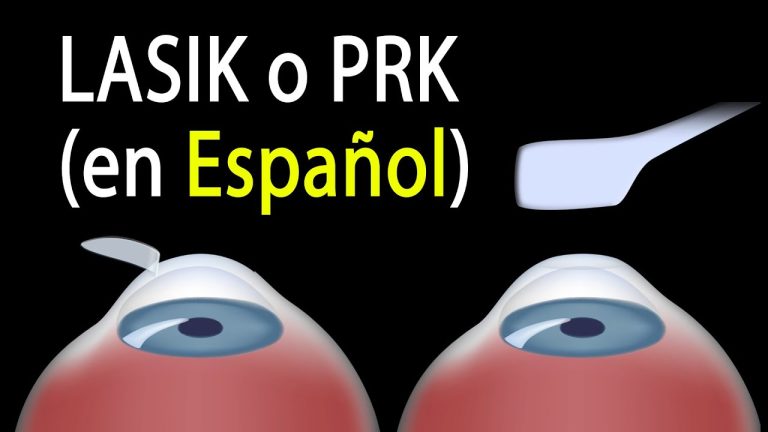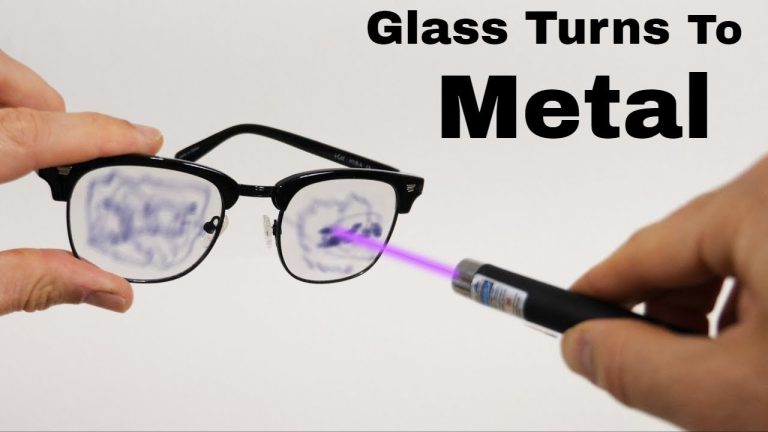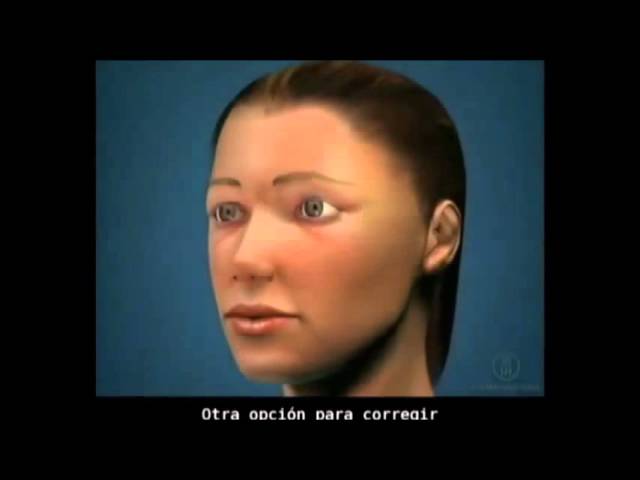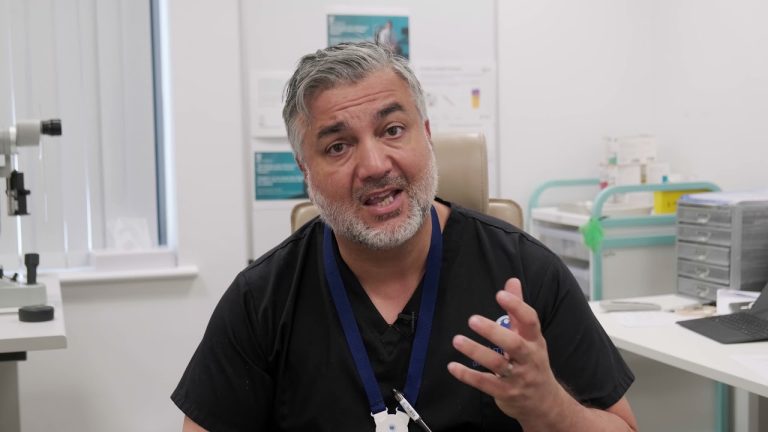Exploring the Science of Refraction: How it Affects Your Vision and Optical Products
Have you ever wondered why a straw appears broken when partially submerged in a glass of water? Or why a pencil looks bent when placed at an angle in a glass of water? The answer lies in the fundamental principle of refraction, which occurs when light travels from one medium to another at an angle.
Refraction is the bending of light as it passes through different materials, such as air, glass, or water. This phenomenon can be observed in everyday life, such as when we wear glasses or contact lenses to correct our visual impairments. Understanding the principles of refraction is essential in designing optical and vision care products that help people with various vision problems.
The Science Behind Refraction
When light travels through a medium like air, it moves in a straight line. However, when it travels through a different medium like water or glass, it bends or changes direction. This is because the speed of light changes as it passes through different mediums. The amount of bending that occurs depends on the angle at which the light hits the surface and the difference in speed between the two mediums.
The amount of refraction is usually measured by the angle of incidence, which is the angle between the incident ray of light and the normal, an imaginary line perpendicular to the surface of the medium. The angle of refraction is the angle between the refracted ray and the normal.
Applications of Refraction in Vision Care
One of the main applications of refraction in vision care is in the correction of vision problems like nearsightedness, farsightedness, and astigmatism. These conditions occur when the shape of the eye or the cornea does not allow light to focus properly on the retina, resulting in blurred vision.
To correct these vision problems, eye care professionals use lenses that refract light in a specific way to compensate for the shape of the eye. For example, concave lenses are used to correct myopia, or nearsightedness, by diverging the light before it enters the eye. Convex lenses, on the other hand, are used to correct hyperopia, or farsightedness, by converging the light before it enters the eye.
Another application of refraction in vision care is in the manufacturing of contact lenses. Contact lenses are designed to correct vision problems by refracting light in the correct way to compensate for the shape of the eye. By understanding the principles of refraction, manufacturers can produce contact lenses that provide clear and comfortable vision for people with various vision problems.
The Bottom Line
Refraction is a fundamental principle of optics and plays a vital role in our everyday lives, especially in vision care. Understanding the principles of refraction is crucial in designing optical and vision care products that effectively correct vision problems and improve our quality of life.
- Refraction is the bending of light as it passes through different materials at an angle.
- The amount of refraction depends on the angle of incidence and the difference in the speed of light between the two mediums.
- Refraction is crucial in designing optical and vision care products that help people with various vision problems.
Most wanted in Hoya Vision:
What brand lenses does Costco use?
Hoya Lens Engravings
What’s the difference between 1.5 and 1.6 lenses?
What’s the rarest eye color?
1.53 Trivex Impact Resistant
Hoya Sensity Vs Transitions Xtractive
Which lens is better Alcon or Johnson and Johnson?
How to Choose the Right Temple Type for Your Glasses
What lenses do Costco use?
Should eyeglasses cover eyebrows?
















